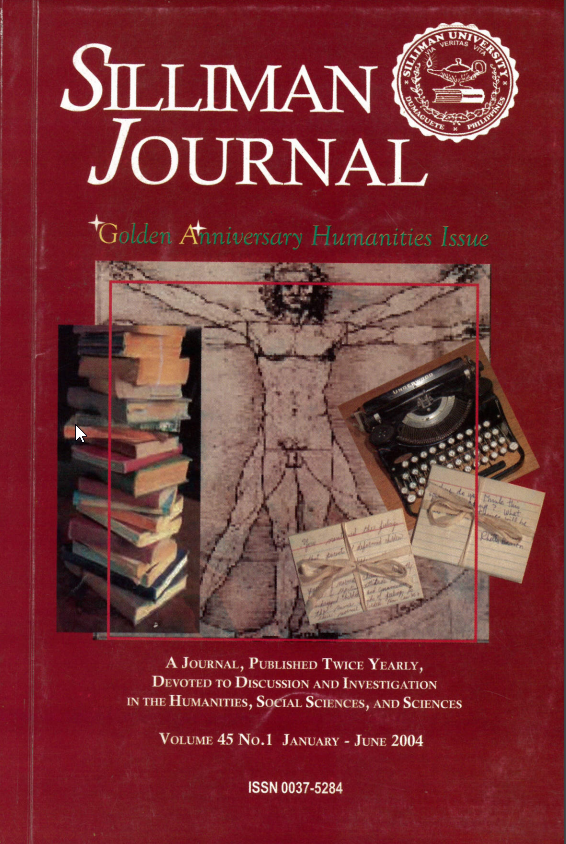Tagay-tagay Poetics and Gender in Cebuano Verse
Abstract
This paper provides an introduction to a Sugbuanon poetic tradition, the balak, and to the tagay, the socio-cultural context that has spawned its birth, shaped its development, and which, to this day, continues to provide the backdrop for its expression. A Cebuano word referring to a gathering, often exclusively of men, for the purpose of drinking, tagay is also the occasion for literary discussions as well as poetry reading. Because of its association with male bonding and poetry, tagay is widely perceived as a nurturer of Cebuano verse and male poets, through a system by which the young writer may receive mentoring, inspiration and affirmation, and critical attention from his peers, who provide the audience for his poetic endeavor. In this sense, tagay, offers a glimpse of the communal processes where Philippine creative life thrives freely and naturally, most notable of which are the intellectual and aesthetic pleasures that are so much a part of this gathering, albeit governed by the peculiar ethos of male engagement. However, this paper explores not only the poetry that has come out of these occasions but the asymmetries in the gender structure entrenched in our culture as they are displayed in this exclusive male gathering and as they are embodied in the themes of the balak. For noteworthy is not only the absence of women poets in the body of traditional Cebuano verse, but alsothe absence of the female voice and the dominance of the voice of the male in the balak tradition.


